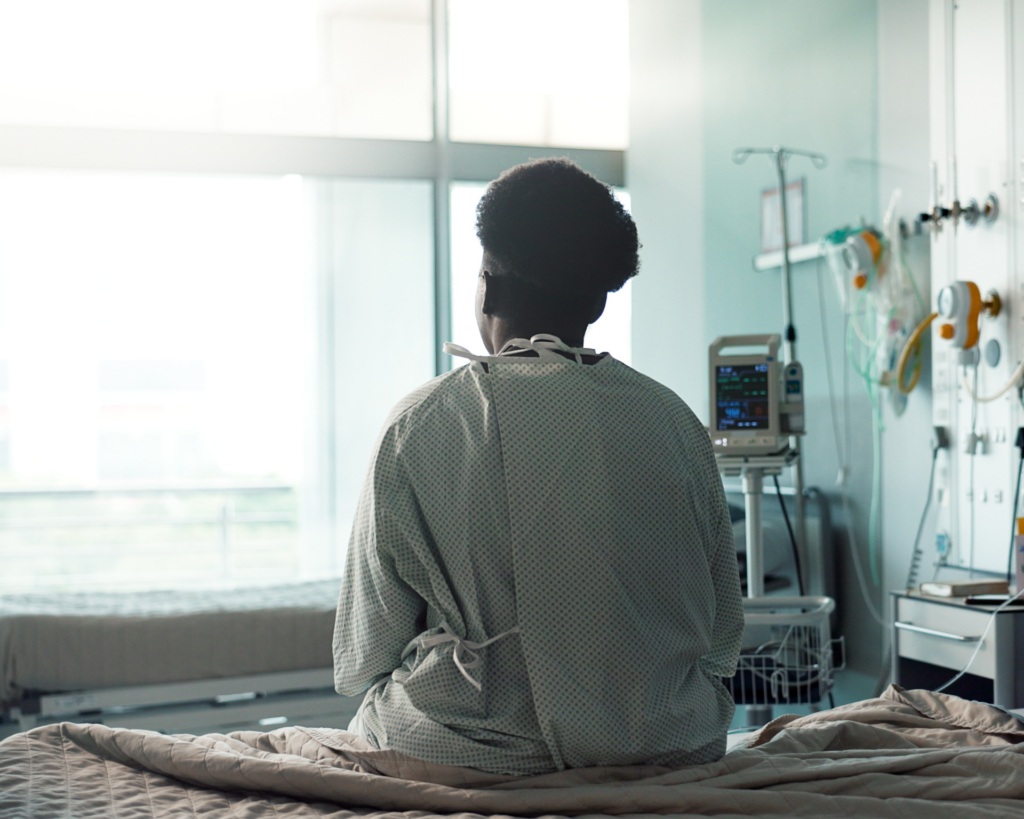Missing out on Mental Health
In the US, 1 in 5 adults experiences mental illness, but residents of northeastern states are more likely to be treated for mental illness.

Read Time: 2 minutes
Published:
In the United States, 1 in 5 adults experiences mental illness in a given year. The most common illnesses include depression, anxiety, and bipolar disorder. Yet more than half of adults living with a mental health condition (56.4%) do not receive treatment. Across the country, the percentage of adults with untreated mental illness ranges from 42% in Maine to 68% in Hawaii.
Residents of northeastern states are more likely to be treated for mental illness than in other regions. As shown in the map, Maine, Minnesota (43%), and Vermont (46%) have the lowest rates of non-treatment. But even in these states, only a little more than half of those who need treatment receive it. Individuals living in Arizona (63%), Nevada (63%), and Hawaii are least likely to receive necessary treatment.
Lack of treatment for mental illness is often a result of limited access to necessary services. Access to mental health care was highest in the Northeast and lowest in South, the region where Medicaid expansion is lowest.
To increase access to mental health services, practitioners have increasingly championed the integration of mental health and primary care. Such integration employs a collaborative care model that connects individuals with a team of primary care physicians and behavioral health specialists. Receiving primary care and mental health care at the same location increases patient convenience and the sharing of important information.
Databyte via Mental Health America, 2019, The State of Mental Health in America Report.



